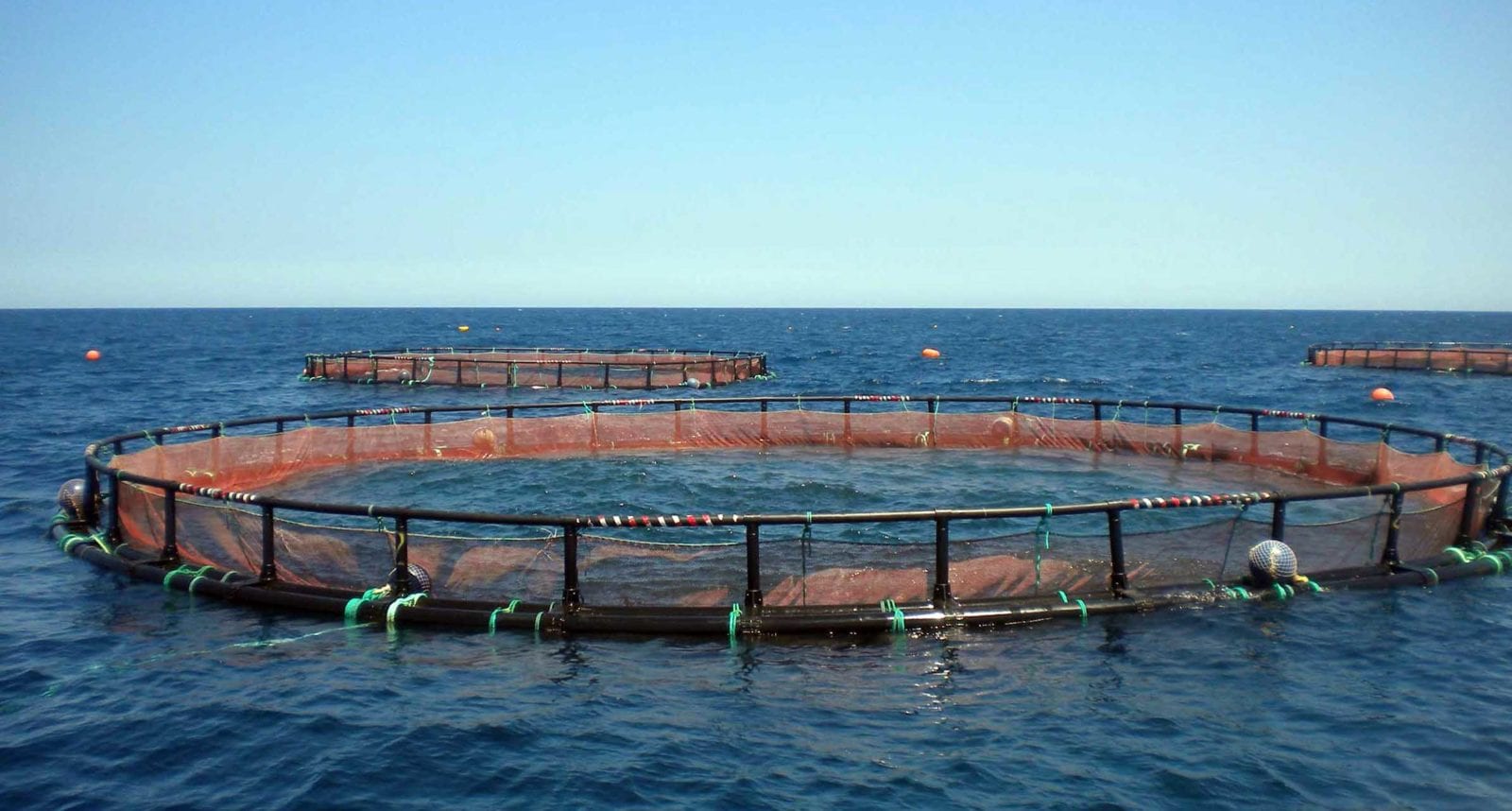Indonesian Floating Cage Fish Farmers Hope to Keep Moving Forward
- Category:
- Aquaculture
- General News

About 200 floating cage fish farmers have submitted a petition to the President of the Republic of Indonesia asking him not to prohibit cage aquaculture in reservoirs, lakes, and other inland freshwater bodies in Indonesia, but rather to manage aquaculture business smoothly since it has been proven to strengthen food security for Indonesians as well as to support foreign exchange through exported fish. The petitioners further claim it is impossible for them to pollute their own culture sites where they and their family have earned livings for years. A five point petition was submitted during the 8th International Conference on Aquaculture Indonesia (ICAI) held in the Grand Dafam Hotel in Yogyakarta October 25 to 27 to countermeasure a common and biased claim that floating cage aquaculture is the main actor polluting Indonesia’s fresh water bodies, particularly reservoirs and lakes.
Recent evaluation and field analysis by academicians from several universities, research institutes and the Indonesian Institute for Science showed that, on average, floating cage aquaculture only contributes only 10 percent of total pollutants, while the rest was contributed from municipalities, natural run off, and factories along incoming rivers to the water bodies such as the Cirata and Jatiluhur Reservoirs in West Java and Lake Toba in North Sumatra. In addition, other natural volcanic activity is the major culprit for water quality deterioration in other water bodies like Lake Maninjau in West Sumatra. Furthermore, fish farmers claim that there are about 59,000 cage fish farm families involved in the aquaculture business, making a cash flow of more that IDR 875 billion so far.
USSEC’s Southeast Asia Aquaculture Program has long trained Indonesian cage fish farmers, particularly freshwater aquaculture floating cage fish farmers, in the most operational cost in aquaculture: feeds (with efficient feeding method). In this way, it is strongly believed that aquaculture could be both sustainable and profitable as well.
